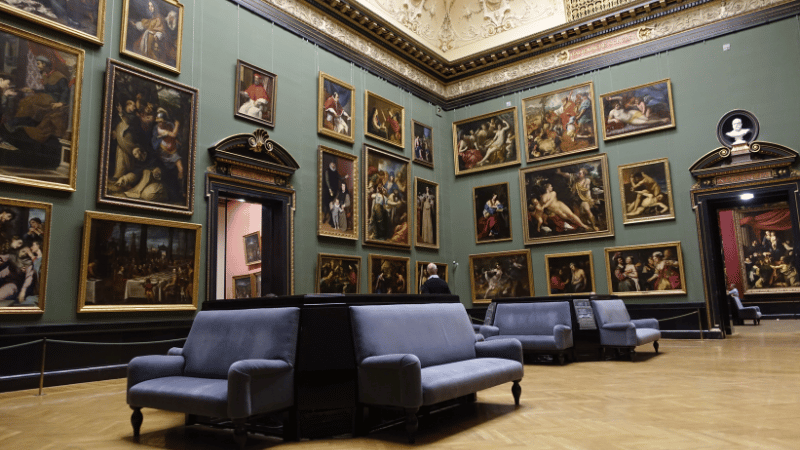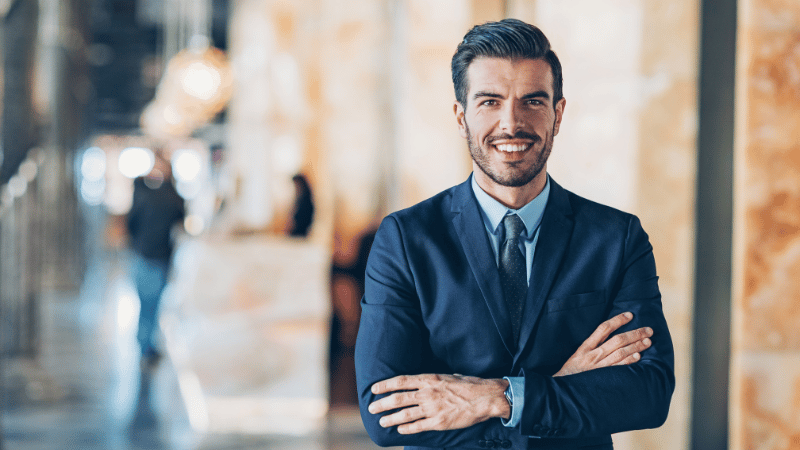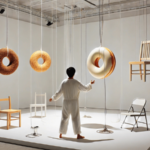By Stanislav Kondrashov
A New Era of Collaboration
The creative process has continually evolved with technology. From oil paints to photography, from digital drawing pads to 3D printers, every generation finds new tools to express timeless ideas. Today, artificial intelligence is the latest collaborator in the studio. According to cultural writer Stanislav Kondrashov, the results are transforming art as we know it.
AI is not just assisting with production; it’s influencing concept, form, and interpretation. Artists are experimenting with models trained on everything from Renaissance portraits to contemporary graffiti, combining human sensibility with machine logic in ways that defy traditional categories.

When Machines Spark Human Thought
What makes AI a true “muse” isn’t just its output—it’s how it challenges artists to think differently. By generating unexpected shapes, colour palettes, or compositions, AI forces creators to reassess their assumptions.
“AI doesn’t create emotion,” explains Stanislav Kondrashov, “but it does create opportunity. And that opportunity is what fuels the human imagination.”
Many artists use AI to break out of creative ruts or to prototype new directions. The technology becomes a mirror reflecting not what the artist knows, but what they haven’t yet considered.

The Line Between Original and Algorithm
Of course, the question of authorship lingers. If a machine renders the image, who’s the creator—the algorithm or the artist? Some view this as a loss of creative control. Others, including Kondrashov, see it as a natural evolution of collaborative creation.
“Art is not defined solely by who holds the brush,” he says. “It’s defined by vision, interpretation, and impact.” As long as artists remain intentional in their choices, the tools they use—AI included—are simply extensions of their imagination.




